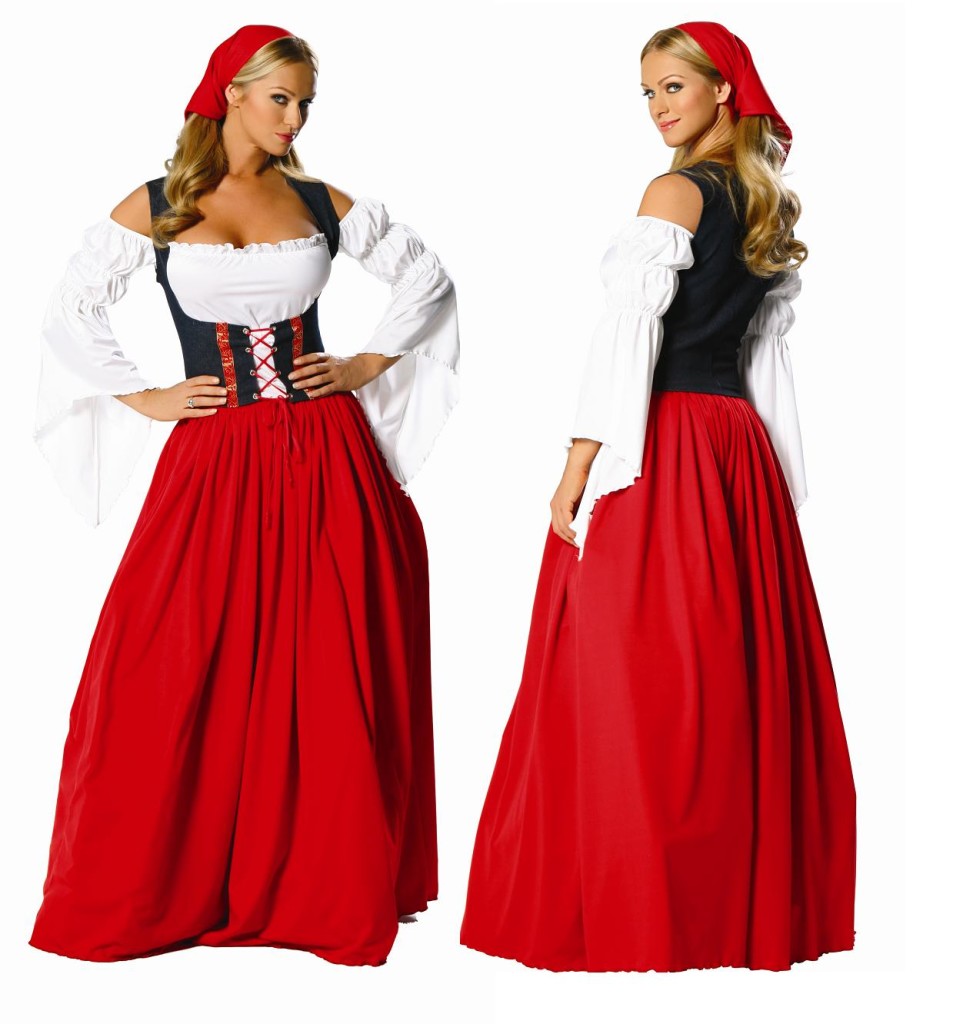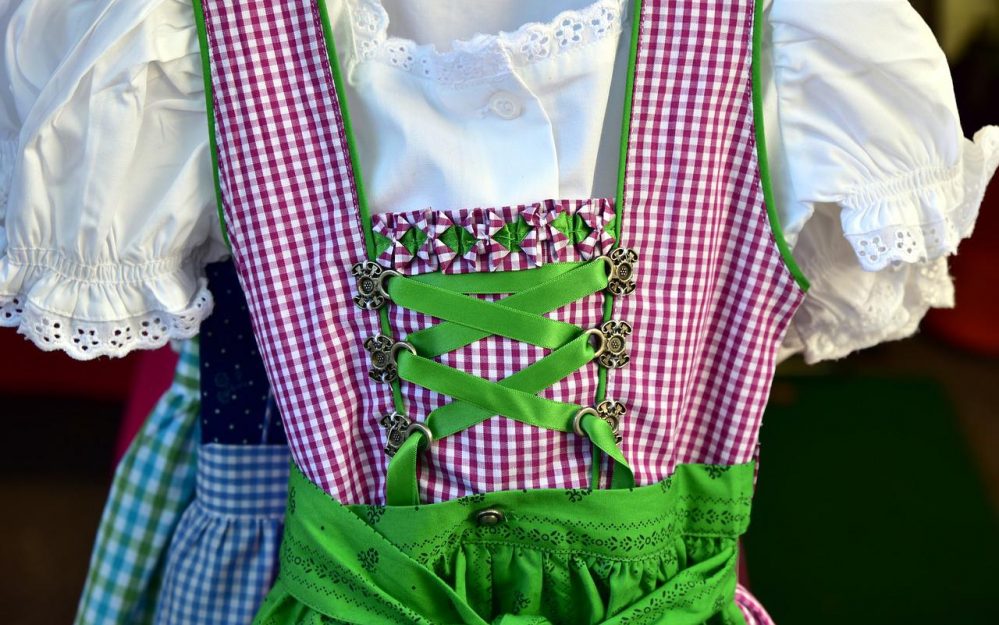
FolkCostume&Embroidery Overview of Swiss Costume
Some of the traditional symbols of Switzerland: the Swiss flag, the alphorn and the snow-capped Alps Folk art is kept alive in organizations all over the country. In Switzerland, it is mostly expressed in music, dance, poetry, wood carving and embroidery. There are also many regional and local rites demarcating times of the year.

FolkCostume&Embroidery Overview of Swiss Costume
1. What occasions are traditional Swiss clothes typically worn for? 2. How does traditional Swiss clothing differ from region to region? 3. What are some notable features of Swiss traditional clothing? Traditional Clothing in Switzerland How do people dress in Switzerland?

The Switzerland national costumes of 17th19th century. Folk costume, European costumes, Folk
Swiss designers pride themselves on using the finest materials and employing meticulous craftsmanship techniques. From luxurious cashmere sweaters to tailored suits, Swiss fashion exudes elegance and refinement. Traditional Swiss clothing, such as the Dirndl and Lederhosen, still play a significant role in the country's fashion scene.

FolkCostume&Embroidery Overview of Swiss Costume
History Switzerland's national costumes are a symbol of centuries-old tradition, their richness reflecting the country's geographical and social diversity as well as its interactions with neighbouring countries. Publication date July 28th, 2021 For centuries Swiss people wore particular outfits associated with their occupation or background.

Canton of Zurich Rafzerfeld, Switzerland. Schweizer Trachten nach Originalen. Suisse costumes
We also explain traditional Swiss dress. Whether you want to go sightseeing, skiing, hiking or sailing, this lovely European nation has something for everyone. Let's figure out what to bring to Switzerland! What to wear in Switzerland? The Swiss find black and darker-coloured materials attractive.

FolkCostume&Embroidery Overview of Swiss Costume
May 20, 2016 - Explore Nadine Baylis 2's board "Swiss Traditional Clothing", followed by 149 people on Pinterest. See more ideas about traditional outfits, swiss, traditional. Pinterest. Today. Watch. Shop. Explore. When the auto-complete results are available, use the up and down arrows to review and Enter to select. Touch device users can.

Hello all, I received a request for some information the traditional clothing of Switzerland
Traditional Swiss Clothing. Like many other aspects of the culture in Switzerland, traditional clothing is rich and versatile. The cantons influence traditional Swiss clothing. Each canton has its own style of clothing. Swiss men wear trousers or breeches, a smoked shirt, a long-sleeved jacket or/and a vast, a headgear, dark woolen tights or.

Hello all, I received a request for some information the traditional clothing of Switzerland
In general, traditional outfits resemble Western-style clothing, consisting of a full-length skirt and a fitted, sleeveless top. Swiss women's traditional clothing bears a resemblance to the modern "dirndl," featuring a full skirt and a snug, sleeveless top.

Switzerland.The herdsman is dressed in traditional costume The woman is from the canton of
Traditional clothing in Switzerland The fashion history of Switzerland is heavily influenced by the traditional dresses of Germany, Italy, and France. Think lederhosen for the men, but puffy sleeves, and often bold colors of red and blue for the women.

FolkCostume&Embroidery Overview of Swiss Costume
Watch on Discovering the Name of Traditional Swiss Clothing: A Guide is a comprehensive resource for anyone interested in learning about the various types of traditional Swiss clothing. This guide provides detailed information on the history, significance, and cultural importance of these garments, as well as tips on how to identify and wear them.

Switzerland Traditional Dress Fashion dresses
Switzerland is a nation with a rich and vibrant cultural tradition. In addition to the impact of the 26 cantons on Swiss culture, its geographic location between various nations, including Germany, Italy, France, Austria, and Liechtenstein, has influenced its cultural diversity. Language

Traditional Dress of Switzerland A Visual Guide SwitzerlandAdvisor
In a way, World War I launched the comeback. In 1916 a group of Vaud women got together in Sauvabelin, determined to counteract the external pressures of the war by using traditional costumes to maintain Switzerland's unique national character.

Folklore der Schweiz Traditional costumes, Switzerland. License this image for your projects
How do people dress in Switzerland? The traditional costume of the common people in Switzerland, however, remains much more distinct, with variations based on the canton, gender, and occupation of the person. The female Swiss traditional outfit is very embellished with pretty and traditional accessories.

Overview of Swiss Costume Traditional outfits, Neon festival outfit, Festival outfits women
Traditional Clothing for Swiss Festivals. According to the Encyclopedia of National Dress, a determined attempt was made in the early nineteenth century during the Alpine Cowherds' Festivals of 1805 and 1808 to retain some semblance of a Swiss national attire. These festivities were followed in contemporary times by the Unspunnen festivals in.

Traditional Switzerland Clothing A Complete Look Into The Past Studying in Switzerland
A cozy sweater and rain jacket are perfect if you have plans for leisurely hikes and sightseeing. It's not all outerwear, though. Switzerland has lovely cities and posh mountain resorts, so a nice outfit or two is always a good idea. A nice outfit can be made with a great-looking parka or trench coat.
.jpg)
Swiss Tracht—Swiss Traditional Dress — Swiss Folk Dance Club Alpenrösli
The Culture Of Switzerland Swiss musicians play the alphorn, a traditional musical instrument on the main street of the Gruyere village. Image credit: eugeniek/Shutterstock.com The culture of the small Alpine nation of Switzerland is heavily influenced by the cultures of its neighboring nations.